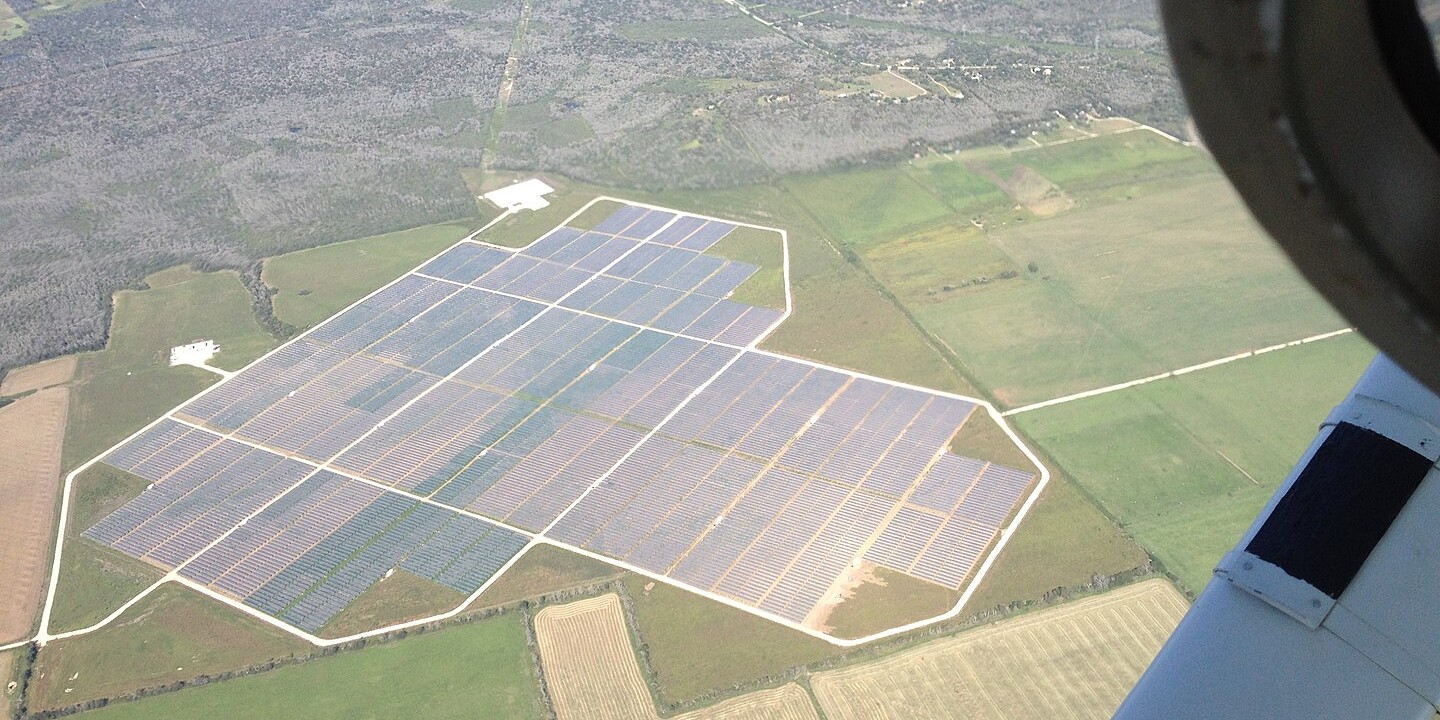
Texas solar and wind are going to double by 2035, but if the state’s grid isn’t upgraded, then all that power is going to go to waste, according to the US Energy Information Administration (EIA).
The EIA’s analysis released this month, A Case Study of Transmission Limits on Renewables Growth in Texas, found that if Texas doesn’t expand ERCOT’s electrical transmission network, congestion and curtailments are going to rise. (ERCOT, or the Electric Reliability Council of Texas, operates the state’s electrical grid.)
The study states that the “curtailments are due to both inadequate transmission capacity and surplus generation during high availability periods of variable renewable generation.” So, the grid operators need to find a balance between electricity supply and demand to achieve reliability.
In 2022, ERCOT curtailed 5% of its total available wind generation and 9% of total available utility-scale solar generation. By 2035, however, the EIA projects that wind curtailments in ERCOT could increase to 13% of total available wind generation, and solar curtailments could reach 19%.
And that’s because the EIA is assuming that “no significant upgrades will be made to the ERCOT transmission grid.” That’s surprising, considering the fact that Texas consumes more energy than any other state in the US.
The EIA continues:
Our analysis shows that on days with more wind and solar generation and strong system electricity demand, limited transmission line capacity restricted wind and solar generation flows, and curtailments occurred. These types of curtailments account for 36% of the projected curtailments in 2035, which could be reduced by upgrading the transmission system.
The EIA’s suggestion to help mitigate this problem when there’s high demand, and strong power supply from solar and wind – like now, during this extreme heat wave – is battery storage. Well, quite.
The Texas grid isn’t connected to any other US grid, so it can’t shed or share load where there is a supply-demand imbalance for electricity – and that’s why it had such major problems in the Big Freeze of 2021.
So if Texas’ grid isn’t upgraded to accommodate its awesome solar and wind output, there’s going to be trouble ahead for the Lone Star State.
Top comment by Jonathan Williams
It doesn't all have to be solved with new transmission lines and batteries. Solar developers can site new generation closer to the population centers. The early solar farms were mostly in far West Texas, requiring the energy to be transmitted hundreds of miles to be useful and creating bottle necks on the transmission lines headed east. That has begun to change but the balance is still heavily weighted to the west. Solar farms will work just fine in East Texas (and just about anywhere in the continental US). Wind power doesn't have that freedom. Many places simply don't have enough wind to make it viable.
Another thing that solar power needs is the same tax credits that wind power gets. When prices go negative because of an excess of wind (and because wind farms get a credit for producing, regardless of the market price), solar power shuts down because they don't want to pay for producing energy. A penalty on emissions would probably be a better approach, but politics get in the way.
Read more: Texas leads the US in renewables, but some state senators want to sabotage that
Photo: The tdog – Own work, CC0
If you’re considering going solar, it’s always a good idea to get quotes from a few installers. To make sure you find a trusted, reliable solar installer near you that offers competitive pricing, check out EnergySage, a free service that makes it easy for you to go solar. It has hundreds of pre-vetted solar installers competing for your business, ensuring you get high-quality solutions and save 20-30% compared to going it alone. Plus, it’s free to use, and you won’t get sales calls until you select an installer and share your phone number with them.
Your personalized solar quotes are easy to compare online and you’ll get access to unbiased Energy Advisors to help you every step of the way. Get started here.
FTC: We use income earning auto affiliate links. More.






Comments